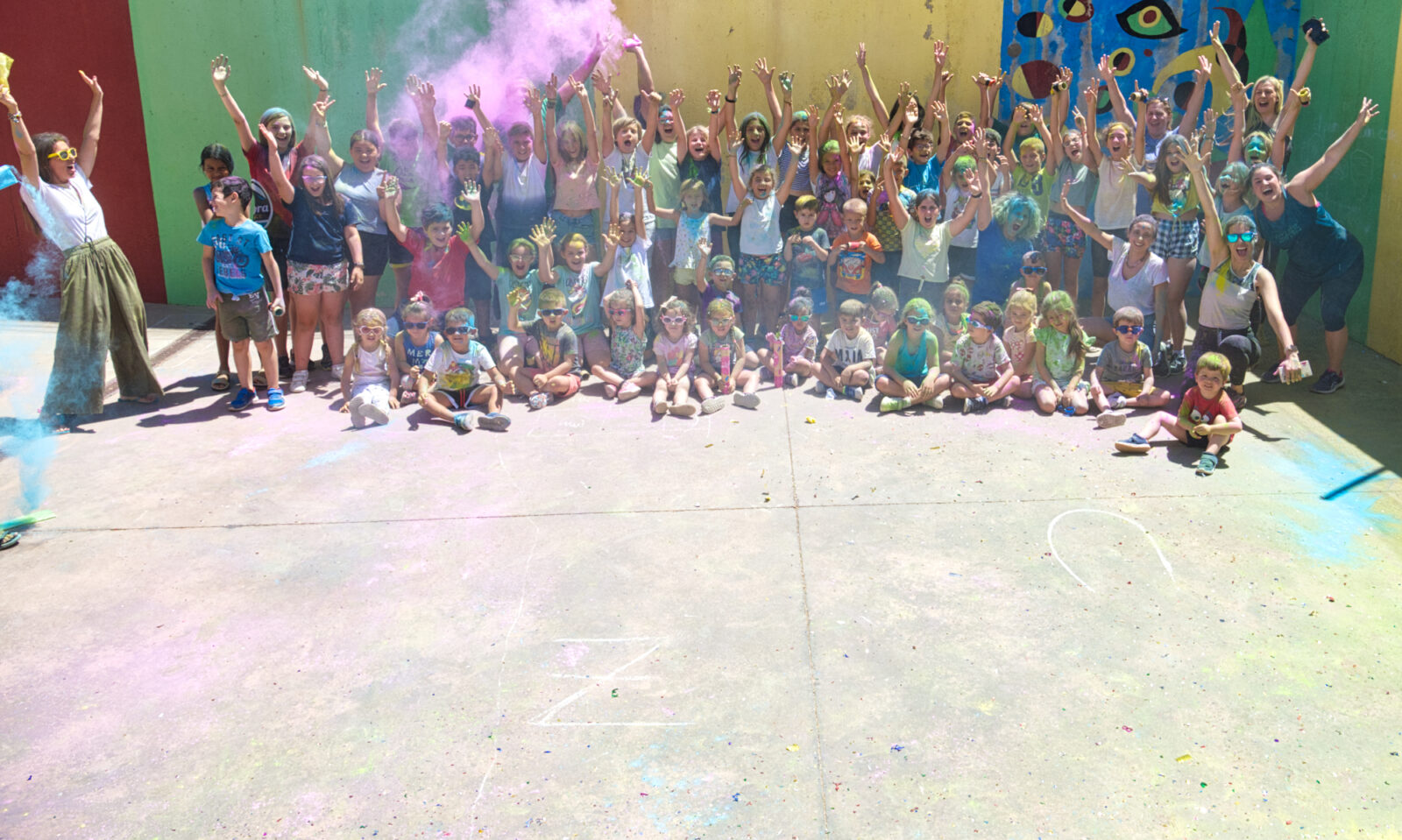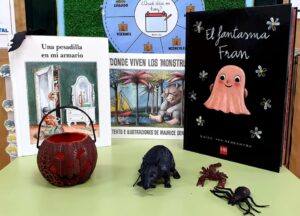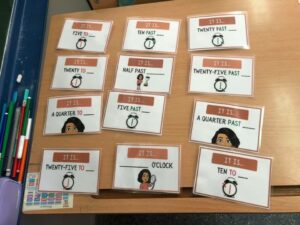En nuestro cole seguimos interesados en trabajar las habilidades de Pensamiento Computacional mediante el aprendizaje de programación, robótica educativa, realidad aumentada e impresión 3D con propuestas para Ed. Infantil y Primaria. Tenemos la suerte de seguir contando este curso con la ayuda de Raúl.

¿Qué nos planteamos este curso?
1 Demostrar que el Pensamiento Computacional debe ser una competencia que se debe desarrollar en el aprendizaje.
2 Averiguar qué aporta el Pensamiento Computacional en la educación emocional de los alumnxs.
3 Conocer cómo puede ayudarnos en los procesos de aprendizaje.
Diariamente todos nos enfrentamos a multitud de situaciones cotidianas que debemos resolver. Por ejemplo, una actividad rutinaria requiere de unas habilidades para hacer frente a circunstancias cambiantes.
Se trata de buscar soluciones diferentes a problemas cotidianos mediante el uso de la tecnología y que aporten un beneficio a la sociedad o resuelvan un problema.
Por tanto, el Pensamiento Computacional es un proceso cognitivo para resolver problemas. La búsqueda de la solución implica la creación de un mecanismo o robot que actúa conforme a un algoritmo. Un algoritmo es una serie de pasos secuenciados necesarios para llegar con éxito a la solución. Precisamente esto es lo que los alumnos y alumnas de 4º de Primaria estuvieron trabajando junto a Raúl. Os mostramos algunas imágenes.
:::::::::::::::::::::::::::::::::::::
We are back with robotics sessions!

In our school we are still interested in working on Computational Thinking skills by learning programming, educational robotics, augmented reality and 3D printing with proposals for Infant and Primary. We are fortunate to continue having Raul’s help.

What are our goals for this course?
1 To demonstrate that Computational Thinking should be a competence to be developed in learning.
2 To find out what Computational Thinking contributes to the emotional education of students.
3 To know how it can help us in the learning processes.
Every day we all face a multitude of daily situations that we must solve. For example, a routine activity requires skills to cope with changing circumstances.
It is about finding different solutions to everyday problems through the use of technology that provide a benefit to society or solve a problem.
Imágenes Relacionadas:





































